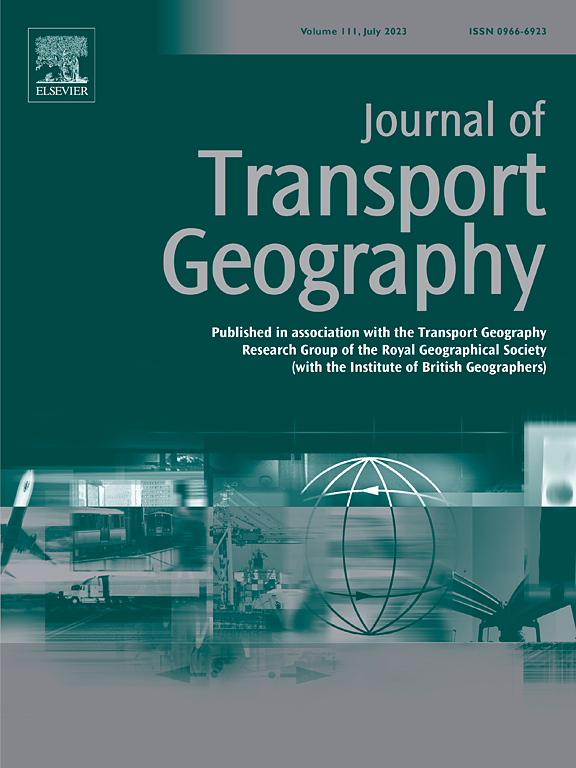Securing power grids and charging infrastructure: Cyberattack resilience and vehicle-to-grid integration
IF 6.3
2区 工程技术
Q1 ECONOMICS
引用次数: 0
Abstract
The increasing interconnectivity of power grids and electric vehicle (EV) charging stations exposes them to the ever-growing threat of cyberattacks. This paper proposes a multifaceted approach that addresses the interdependencies between power grids, charging stations, and EVs. We explore a new EV routing challenge that includes regulations for charging and vehicle-to-grid (V2G) discharging. We estimate charging demands by analyzing EV usage patterns, charging/discharging plans, charging station availability, and user preferences such as routing and driver anxiety. The study explores a new EV charging optimization scenario considering charging costs, traffic, travel time, and setup time. A vital aspect of the proposed model is its ability to facilitate bidirectional energy flow between EVs and the power grid. This strategy enhances grid stability and facilitates efficient energy management, with charging stations actively participating in load balancing, peak shaving, and grid stabilization during a cyberattack. Furthermore, we formulate a network interdiction problem that strategically removes specific links in the power network to prevent the spread of a cyberattack. The effectiveness of the proposed approach is evaluated through five case studies. The findings suggest that the proposed hybrid planning solution (Case 5) is the most effective strategy. It successfully achieves zero load-shedding, reduces the charging and discharging constraints for electric vehicles (EVs), and eliminates susceptible nodes.
保护电网和充电基础设施:网络攻击弹性和车辆到电网的整合
电网和电动汽车(EV)充电站的互联性日益提高,使它们面临日益增长的网络攻击威胁。本文提出了一个多方面的方法来解决电网、充电站和电动汽车之间的相互依赖关系。我们探索了一种新的电动汽车路线挑战,包括充电和车辆到电网(V2G)放电的规定。我们通过分析电动汽车的使用模式、充电/放电计划、充电站可用性和用户偏好(如路线和驾驶员焦虑)来估计充电需求。该研究探索了一种考虑充电成本、交通、行驶时间和设置时间的电动汽车充电优化方案。该模型的一个重要方面是它能够促进电动汽车和电网之间的双向能量流动。这一策略增强了电网的稳定性,促进了高效的能源管理,充电站在网络攻击期间积极参与负载平衡、调峰和电网稳定。此外,我们制定了一个网络拦截问题,从战略上删除电力网络中的特定链接,以防止网络攻击的传播。通过五个案例研究评估了所提出方法的有效性。研究结果表明,所提出的混合规划方案(案例5)是最有效的策略。它成功地实现了零减载,减少了电动汽车的充放电限制,并消除了敏感节点。
本文章由计算机程序翻译,如有差异,请以英文原文为准。
求助全文
约1分钟内获得全文
求助全文
来源期刊

Journal of Transport Geography
Multiple-
CiteScore
11.50
自引率
11.50%
发文量
197
期刊介绍:
A major resurgence has occurred in transport geography in the wake of political and policy changes, huge transport infrastructure projects and responses to urban traffic congestion. The Journal of Transport Geography provides a central focus for developments in this rapidly expanding sub-discipline.
 求助内容:
求助内容: 应助结果提醒方式:
应助结果提醒方式:


